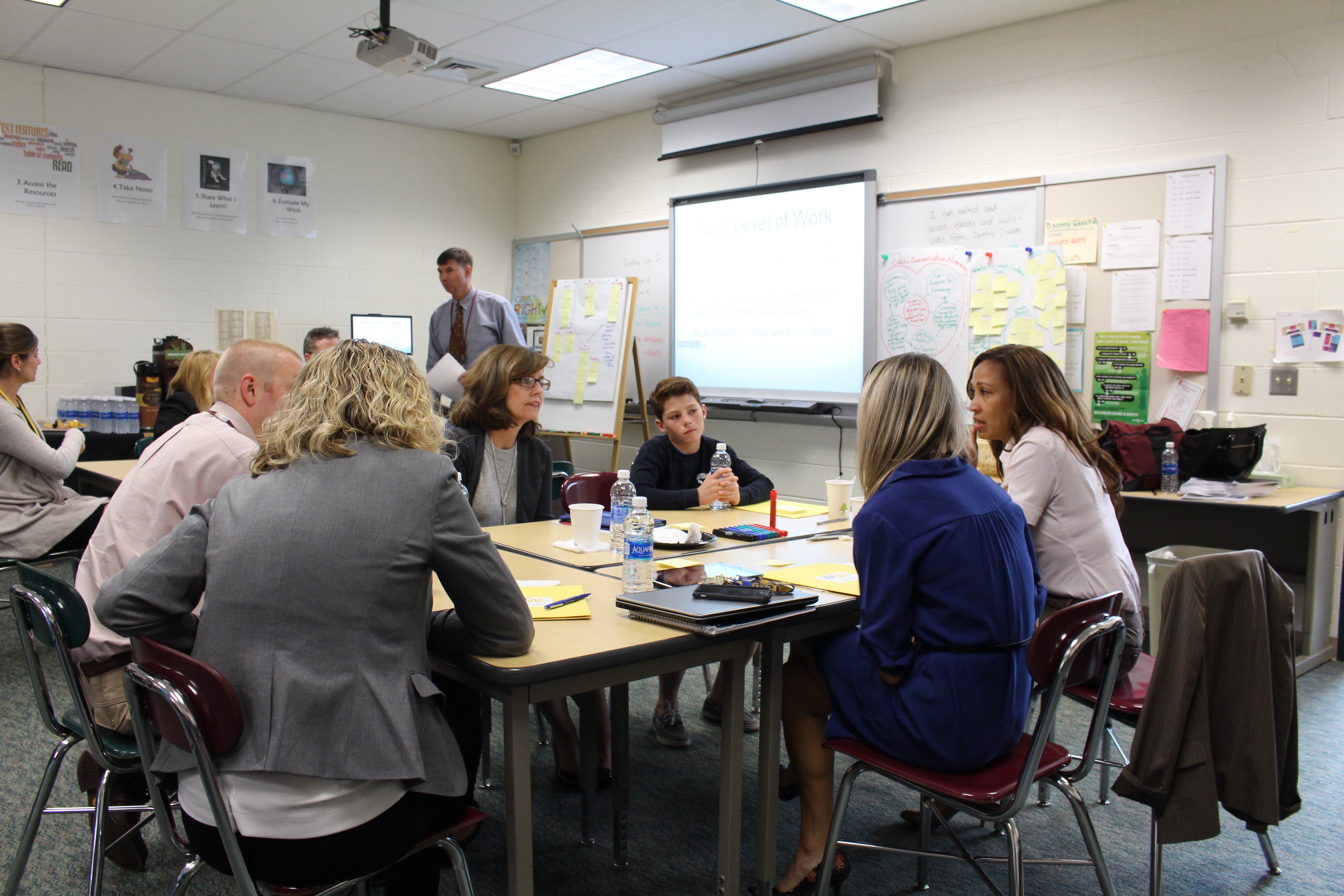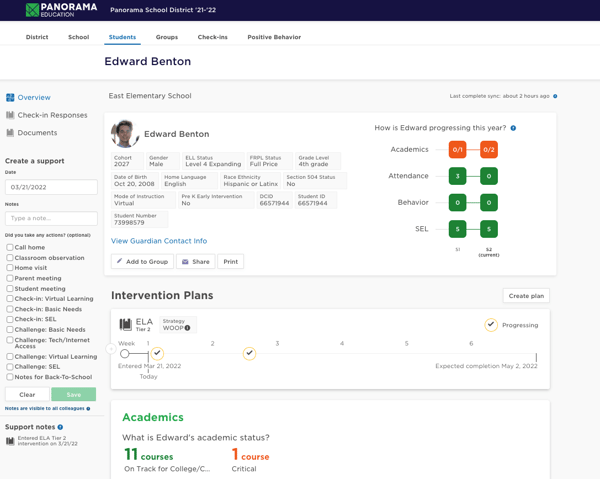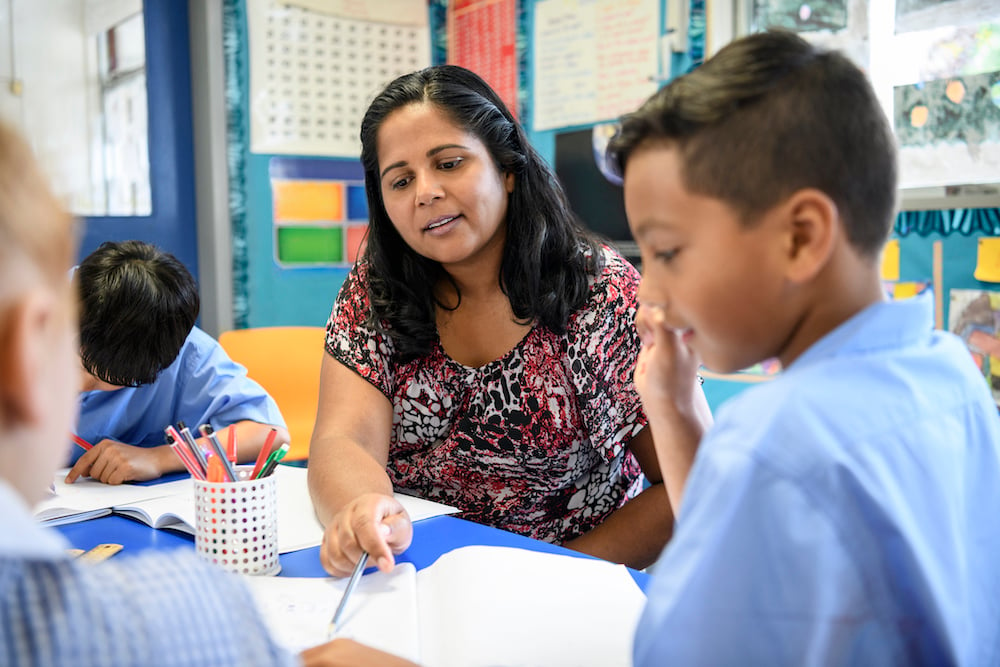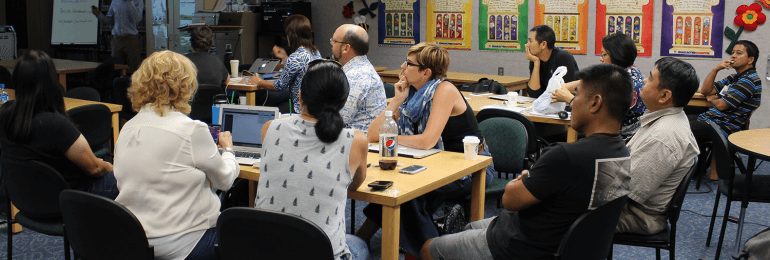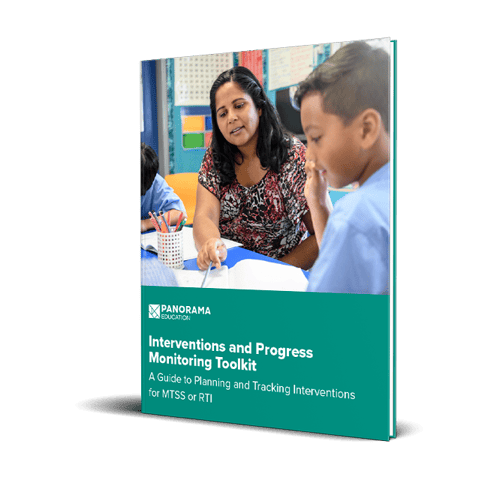Every student comes into the classroom with their own experiences and needs. As educators, we can support students by choosing intervention strategies designed to help them succeed. A strong Multi-Tiered System of Supports (MTSS) depends on individualized, evidence-based intervention strategies.
Intervention plans must be relationship-informed as well as data-informed, building on what we know about our students and determining how best to support them. “Relationships don’t support the learning, relationships are the learning,” says Travis Hamblin, Director of Student Services at Jordan School District (UT).
Students need connection and support now more than ever, whether it be with academic learning recovery, behavior, or social-emotional learning. To help your MTSS teams choose the right strategies for your students, here's a (non-exhaustive) list of intervention ideas curated from our school and district partners and the Panorama Student Success intervention library.
Table of Contents
Targeted Intervention Strategies for Individual Students
Deep Dive on Three MTSS Intervention Strategies
|
Key Takeaways:
|
Want more strategies? Download our toolkit of 18 MTSS interventions.
Targeted Intervention Strategies for Individual Students
- Phone call home
- Home visit
- Classroom observation
- Pre-correction conversation
- Preventative problem-solving plan
- Student and/or parent meeting with Support Team
- WOOP (student goal-setting)
- Review cumulative folder
- 2x10 relationship building
- Two Word Check-In
- Enroll in a positive activity
- Student self-advocacy email to teachers
- Binder or locker organization session
- Buddy student
- Substance abuse counseling
- Weekly academic check-in
- Homework club
- Before/after school meetings
- Lunch Bunch
- “Rose, Bud, Thorn” journaling
- Working lunch (make-up work)
- Check-In/Check-Out (CICO) plan
- Match with a role model/mentor
- Small group SEL lessons (social skills)
- Peer tutor
- Schedule/class change
- Behavior contracts
- Class passes
- Self-monitoring
- Talk ticket
- Accelerated Reader (Literacy)
- Corrective Reading (Literacy)
- Fast ForWard (Literacy)
- Lexia PowerUp (Literacy)
- Reading Horizons Elevate (Literacy)
- Wilson Reading (Literacy)
- Accelerated Math
- ALEKS (Math)
- Bridges (Math)
- Exact Path (Math)
- Voyager Math
- Study Island
|
Example of a student intervention plan in Panorama (mock data pictured) |
Deep Dive on Three MTSS Intervention Strategies
2x10 Relationship Building
Description: Spend two minutes for 10 consecutive school days developing a positive relationship with one student. Provide positive attention through encouragement and recognition of the student's strengths and interests.
Goal: To connect with a student and to ensure that the student feels safe coming to you for help.
How an Educator Is Using This Intervention:
"I first came across this strategy and was inspired by the article, “The Two-Minute Relationship Builder” published by ASCD. Originally presented by Grace Dearborn, an educator and consultant, this “Two-By-Ten” approach has worked for me as quick, two-minute conversations that are done consistently over 10 days.
It doesn’t always have to be a formal scheduled meeting with the student. Instead, I try to make an effort to walk around the building, drop in where the student might be, and then engage them in brief conversations to see what they’re up to and ask how they’re doing.
For example, when my student comes in the library in the mornings, I’ll reach out and ask questions like, “How are things going?” and “How have your grades been in this class?” and “Anything I can do to help?”
I will also connect with the student through impromptu interactions in other settings, such as attending their extracurricular events or classroom presentations. This can be just as powerful because you are showing the student that you care about their interests both in school and outside of school. It shows that you are there for them and want to support them."
–Lucy Clerkin, Library Teacher at McDevitt Middle School
Phone Call Home
Description: Call the student’s home to share an update with their family. When possible, identify something positive about the student’s behavior or school performance to share with the family member. Leave a message if they don’t answer and encourage them to call you back.
Goal: To engage a student’s family as partners in the student's success. Parents and guardians can play a key role in student progress when provided regular updates and information about their child.
How an Educator Is Using This Intervention:
"When calling a student’s parent or guardian, I usually follow this conversation template:
1. Share one positive thing about the student’s behavior or academic performance
2. Share areas of concern about the student, such as recent attendance issues, failing grades, or missing assignments
3. Reiterate why it’s important to address the student’s academic, attendance, behavioral, or social-emotional issues
4. Ask the parent or guardian why the student might be experiencing challenges at school
5. Ask the parent or guardian if there are specific things the school or class could do better
6. Discuss ideas and action steps for working together to get the student back on track
7. Share more about yourself and your experiences to build trust with the family
Once you’ve established an initial connection with a student’s parents or guardians, you might call or text them on a weekly basis to check-in and share the student’s recent progress. When the student does a good job on a project or shows positive behavior, you could even tell the student that you can’t wait to let his or her family know about it!
These small, consistent interactions create a cycle of positive reinforcement between the student, the family, and their experience with school."
–Nick Freehling, Special Education Teacher at McDevitt Middle School
Homework Club
Description: Invite students to complete homework during a designated time outside of school hours.
Goal: To improve academic performance by setting aside time for students to finish homework assignments or make up missed work in a controlled environment.
How an Educator Is Using This Intervention:
"For our school, Homework Club is a 60-minute period after school where students complete their work and have access to educators or other students for extra support.
When inviting the student to attend, consider framing Homework Club as an opportunity to get homework done so that they have more free time to spend at home or in extracurricular activities. This way, the student doesn’t view Homework Club as a punishment or negative consequence.
I do require that students attend Homework Club if I'm noticing that their low grades are due to incomplete classwork or not doing homework. If the student reacts negatively by skipping or refusing to attend Homework Club, consider getting their parents or guardians involved to talk about the consequences of skipping mandatory school events."
–Margaret Simeone, ELA Teacher at McDevitt Middle School
|
Frequently Asked Questions: 1. How can educators ensure that intervention strategies are culturally responsive and inclusive? Culturally responsive intervention strategies acknowledge and respect the diverse backgrounds and experiences of students. Educators should strive to incorporate culturally relevant content, perspectives, and examples into their interventions. Additionally, seeking input from students, families, and community members can help ensure that interventions are inclusive and respectful of cultural differences. 2. What role do families play in supporting intervention efforts? Families are critical partners in supporting student success through interventions. Educators should communicate regularly with families, provide them with information about intervention strategies and progress, and involve them in decision-making processes. Collaborating with families can help ensure that interventions are consistent across home and school settings and that students receive the support they need to thrive. 3. How can educators monitor the effectiveness of intervention strategies and make adjustments as needed? Educators can monitor the effectiveness of intervention strategies by collecting and analyzing data on student progress. This may include academic performance, behavior observations, and feedback from students and families. Based on this data, educators can identify trends, make adjustments to interventions as needed, and determine when additional support may be necessary. Regular communication and collaboration among intervention team members are also essential for ongoing monitoring and evaluation. |
Download the toolkit of 18 research-based interventions for your MTSS.
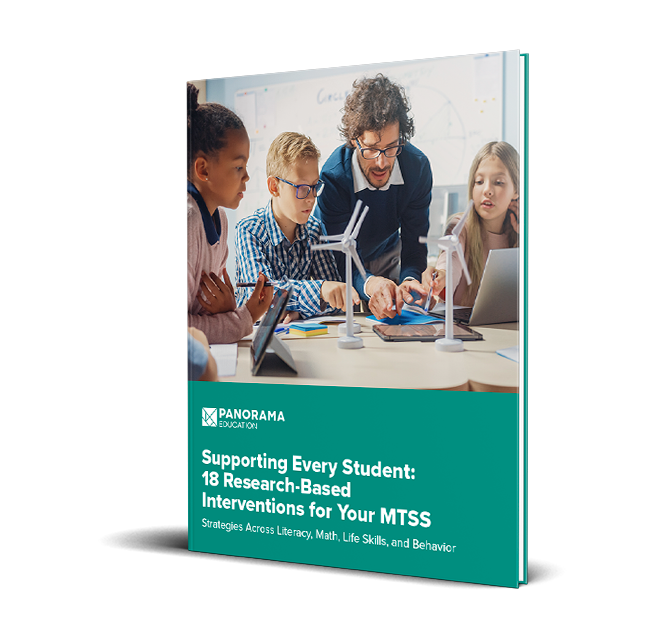

.jpeg)
